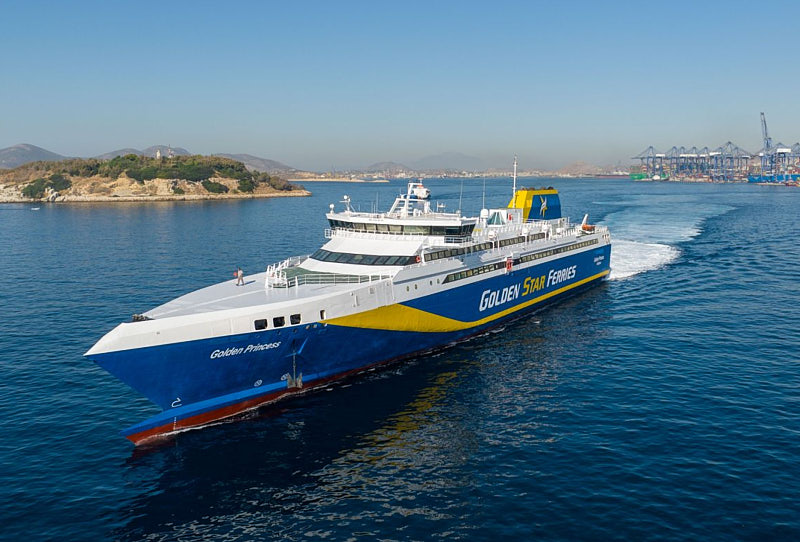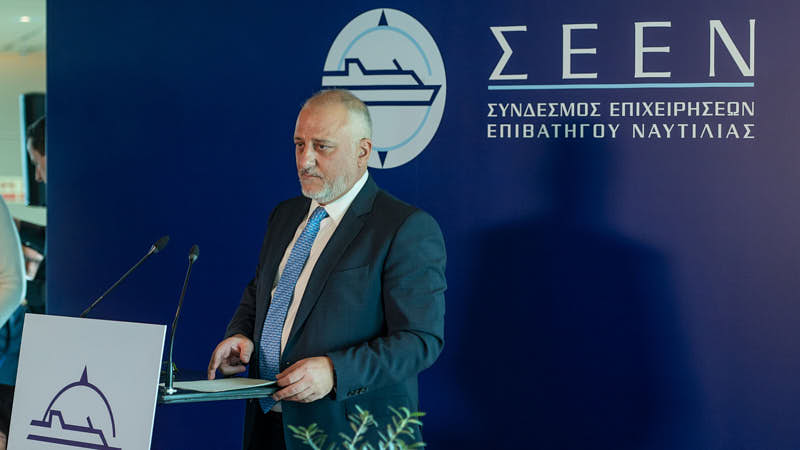Attica-Anek Lines agreement
“Wait and see” said CEO Emanuele Grimaldi. He does not consider the agreement finished since the decision of the Competition Commission is pending.
Buying Attica?
To the question about whether he would be interested in buying Attica Group, sometime in the future, he said that “We have not heard of Attica being sold. In any case, for there to be a buyer, there must also be someone to sell.”
However, in such a hypothetical deal, he hinted that there would be an issue with the Competition Commission and the anti-trust law.
Greek ports
About the ports of Igoumenitsa and Heraklion that Grimaldi Group is interested in, he mentioned: “Many people think we play aggressively. But the reality is that we play defence. Because in both ports, Grimaldi Group is the big customer. Some 60% of the port of Igoumenitsa’s revenue comes from us.
So, what we are trying to do by participating in both tenders for the ports of Igoumenitsa and Heraklion, is to protect our investments.
Unlike to other financial investors, the Grimaldi Group does not seek profit nor does it intend to increase fares. I am the biggest user of these ports and want to see them grow and improve their services.”
Especially in Igoumenitsa his plans include the development of trade roads around the axis of Egnatia motorway, while at the port of Heraklion he underlined that Minoan Lines has significant presence.
















